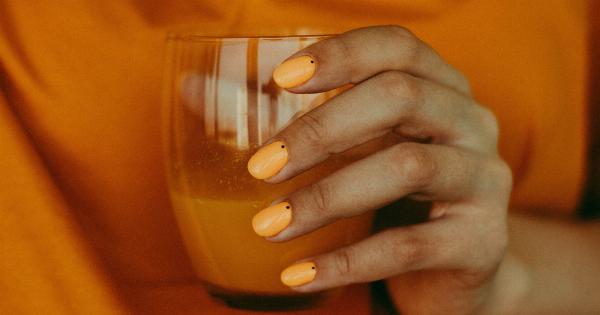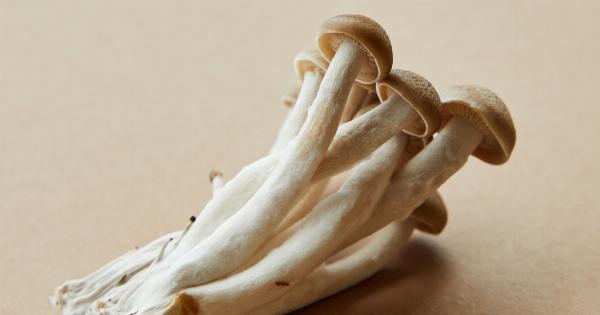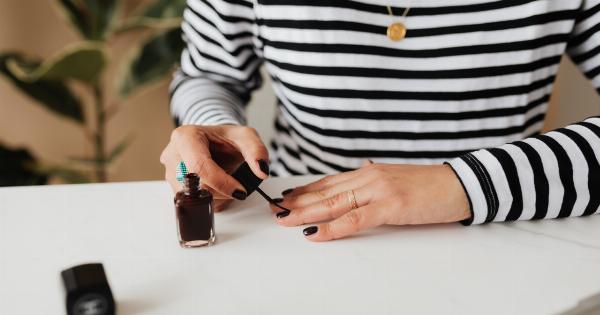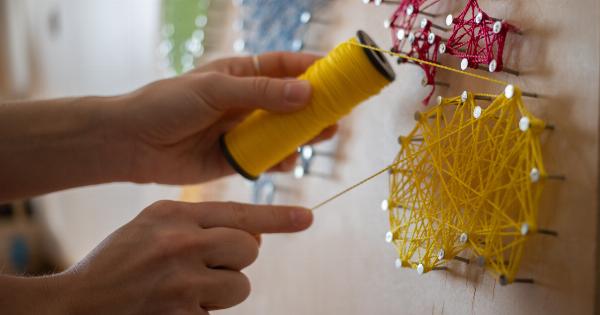When it comes to taking care of our bodies, we often focus on eating well, exercising, and keeping our skin clear and healthy. However, many people pay little attention to their nails.
Our nails may seem like a minor part of our bodies, but they can actually be an important indicator of overall health. Changes in nail color can indicate underlying health issues that require attention and treatment.
What Nail Colors Can Indicate
Healthy nails are typically pinkish-beige with a slight white crescent at the base. If your nails are a different color, it could be a sign of an underlying problem. Here are some common nail colors and what they can indicate:.
Yellow Nails
If your nails have a yellow tint, it could indicate a fungal infection. Yellow nails can also be a sign of diabetes, liver disease, or thyroid disease.
White Nails
If your nails are mostly white with darker rims, it could be a sign of a liver problem, such as hepatitis. In some cases, white nails can also be a sign of a kidney problem.
Blue Nails
If your nails appear blue or purple, it could indicate poor oxygenation of the blood. This could be a sign of a lung problem or heart failure.
Pale Nails
Pale or almost-white nails can be a sign of anemia or a liver problem.
Red Nails
Bright red nails can be a sign of a heart problem, while dark red nails can indicate a vitamin B12 deficiency or a connective tissue disorder.
Black Nails
If your nails are black or brown, it could be a sign of a fungal infection. It could also indicate a cancerous growth under the nail.
Other Nail Problems to Watch For
Changes in nail color aren’t the only things to watch for when it comes to nail health. Here are some other nail problems to keep an eye out for:.
Brittle Nails
If your nails are brittle and break easily, it could indicate a thyroid problem or a deficiency in vitamins A and C.
Clubbing
Clubbing occurs when the tips of the fingers enlarge and the nails curve around them. This can be a sign of lung problems or heart disease.
Pitting
If your nails have small pits or depressions, it could be a sign of psoriasis or another skin condition.
Spooning
Spooning occurs when the nails are soft, curved, and have a concave shape. This can be a sign of iron-deficiency anemia.
Taking Care of Your Nails
If you want to keep your nails healthy, there are a few things you can do:.
Practice Good Hygiene
Keeping your nails clean and dry can help prevent fungal infections. Avoid biting your nails or picking at the skin around them, as this can introduce bacteria to the nail bed.
Moisturize Your Cuticles
The cuticle is the skin at the base of your nails. Keeping your cuticles moisturized can help prevent them from cracking and becoming infected.
Watch What You Eat
Eating a balanced diet rich in vitamins and minerals can help keep your nails healthy. Biotin, a B-vitamin found in foods like eggs, nuts, and whole grains, is particularly good for nail health.
Avoid Harsh Chemicals
Some nail products, like nail polish remover and acrylic nails, can be harsh on your nails. If you use these products, try to give your nails a break every once in a while.
Conclusion
While they may seem like a small part of our bodies, our nails can be an important indicator of our overall health.
By paying attention to changes in nail color or texture, we can catch health problems early and seek treatment before they become more serious. Practicing good nail hygiene and eating a healthy diet can help keep your nails looking their best.





























